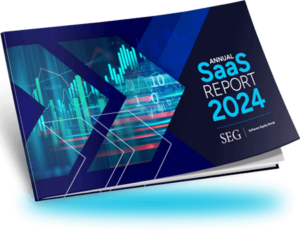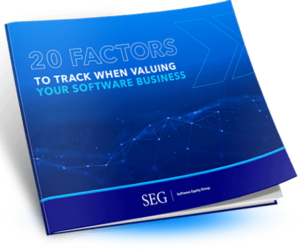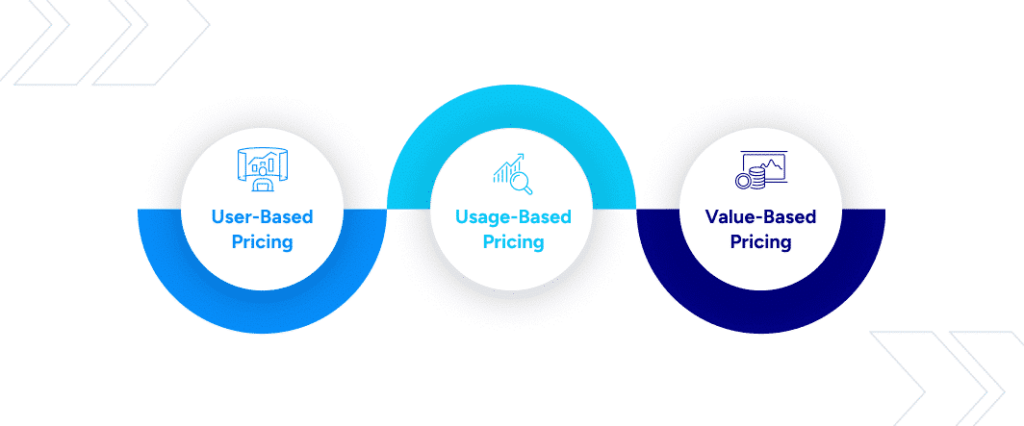- Company
Featured Resource
CLIENT STORYModern Message
To Real Estate
Giant RealPage
- Sectors
Featured Industry Report
EXPERT SERIESManufacturing Software
Report – Part 2
- Research
Featured Resource
FEATURED REPORTThe SEG 2024
Annual SaaS Report
- Tools
Featured Resource
WHITEPAPER20 Factors to Track When Valuing Your
SaaS Company
- Blog
Virtual Coffee with SEG: A SaaS Operator’s Roadmap to Better Retention and Revenue Growth

Coffee with Tim McCormick, CEO of SaaSOptics
You can’t manage what you can’t measure. What’s more, many SaaS operators view financial and accounting data as a burden when it should be viewed as a roadmap. Software Equity Group’s (SEG) Managing Partner, Allen Cinzori, had the opportunity to have coffee with Tim McCormick, CEO of SaaSOptics, to discuss this very topic.
SaaSOptics is a B2B subscription management platform that tracks subscriptions and revenue and integrates with key systems to improve the management of financial operations.
Click to Watch Virtual Coffee with SEG
Questions Asked:
What are some of your favorite customer success stories?
There is a plethora of information available about a business once you take a deep dive into the metrics and do an analysis of the financial data. You will be able to identify which industry segments, geographies, and product segments are either profitable or unprofitable, and then slice and dice these cohorts to maximize business potential. By driving an analysis on customer information, a business can see their customer database and ARR by industry segment, and whether their customer falls under SMB or enterprise. This will enable the company to determine which customer segments they need to focus on in terms of maintaining retention in more profitable segments while reducing churn.
Why is it so important in the current market to be using a product like SaaSOptics even more so than before?
There are several reasons. First, categorizing your ARR by customer and industry segment allows a company to isolate the potential impact of their customers by each industry. The knowledge will enable companies to focus on customers that allow them to collect cash sooner, while improving collections capability, and adjusting to their customer’s individual needs quickly through our platform. All of this helps facilitate cash in the door. Normally we do annual agreements paid up front, but our platform allows customers to briefly pay invoices with credit cards, allowing your customer another 30 days of cash flow. When you implement a solution like ours, missing invoices and missing renewals are oftentimes found. Every invoice matters, especially in this environment.
Segmenting retention and churn by sales rep can be an incredibly insightful , can you elaborate on why the value in learning this information can help a business?
Most sales professionals are conditioned to grade their sales by percentage of how much over quota they are. The issue with this methodology is that if your top sales performer churns the most business, it becomes a problem to a company’s overall retention and churn. If you look at a cohort by churn, you can see different perspectives with real data on how your sales professionals are actually performing.
What are the one or two pieces of advice you’d like to give to your fellow SaaS peers operating companies today?
The biggest piece of advice I can give is to not take on financial operations debt. SaaS & subscription businesses are valued on their primary asset, their ARR, and customer base retention and churn. A SaaS company is awarded premiums on valuation if net revenue retention is above 110%. If you are not managing your customer ARR in a very serious way, your company is missing out on the ability to gain efficient control and insights needed to maximize business potential. Once the system of record is the same across all boards of the business, your company will have more credibility, and will be more attractive to potential investors, as you will be able to tell a better growth and financial story with greater confidence.
“Virtual Coffee with SEG” are conversations with industry experts, providing real-time insights into the current market and self-help advice to SaaS CEOs and operators.
Please reach out if you’d like to discuss how current events may impact your software company’s near and long-term plans. View our last Virtual Coffee With SEG: Private Equity in the Current SaaS Market







